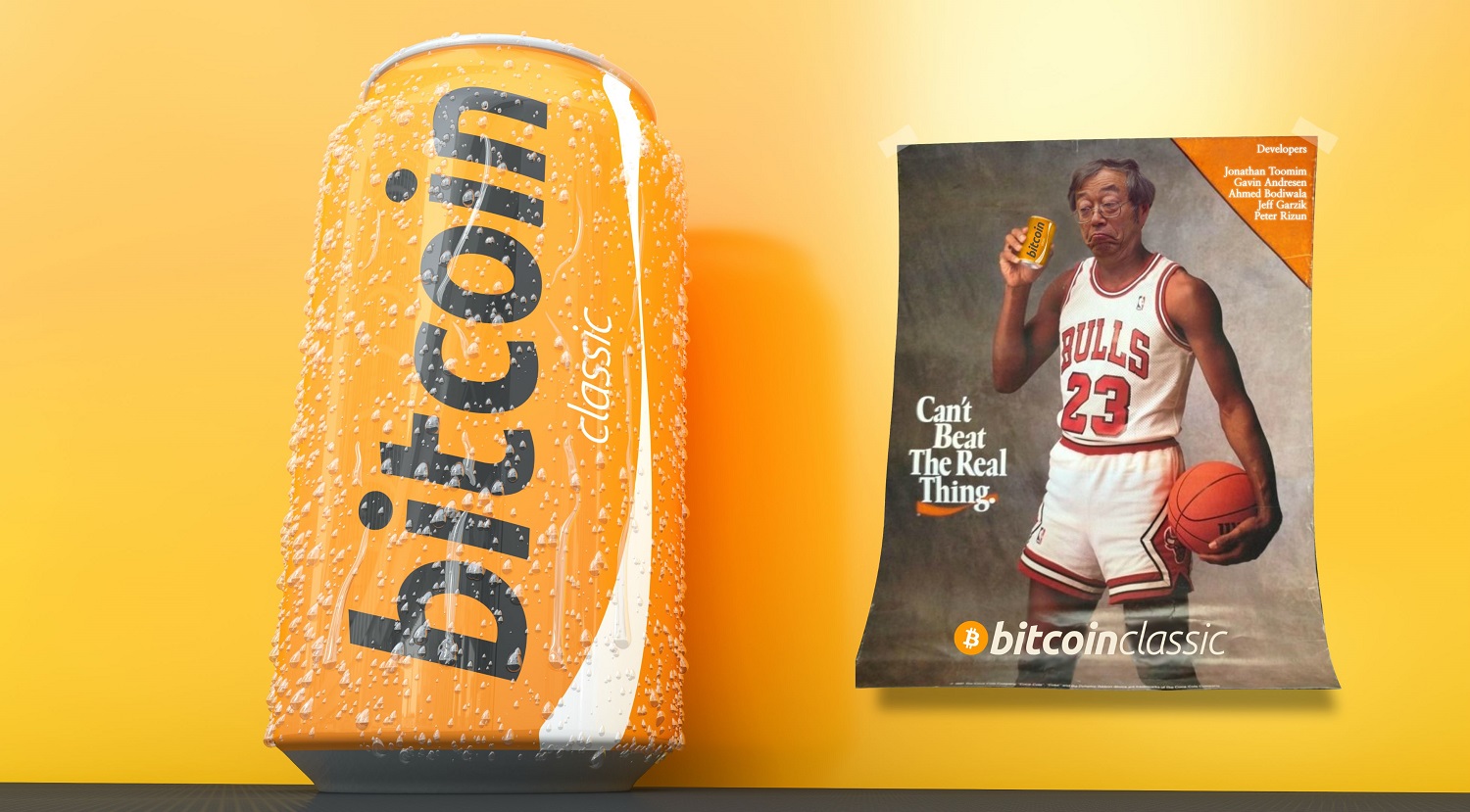There has been a lot of talk about the number of Bitcoin nodes in recent times, especially when considering how the amount of Bitcoin Classic nodes had seen a spectacular increase. As it turns out, most of these nodes are hosted on centralized servers, such as Amazon AWS and concerts. NodeCounter has added a new feature to distinguish between the real and “fake” Bitcoin Classic nodes, thanks to their Rented Classic Nodes page.
Also read: Expedia Remains Clueless On How Bitcoin Payments Work
NodeCounter Takes A Different Approach

It is nothing short but commendable to see people paying good money to run more Bitcoin Classic nodes, as it shows their apparent dedication to seeing this solution succeed. However, this also creates an awkward situation where a high number of Bitcoin Classic nodes will exist in a centralized manner, which is in stark contrast to what Bitcoins stands for.
That being said, NodeCounter is actively raising funds to add more Bitcoin Classic nodes to the network, although all of them will be hosted on Amazon AWS. This will only add more centralization to the number of Classic nodes in existence already, but at least, they are being transparent about what is happening.
Based on the latest statistics on their website, a total of 17 Bitcoin Classic nodes has been added to the network in the last week, all of which are located on Amazon AWS. What is rather unfortunate about this particular platform is how their servers are not aiding in bringing more decentralization to the Bitcoin ecosystem, and a better solution needs to be found.
It is not all that difficult or expensive to run a Bitcoin Node at home these days. Various devices can be used to achieve this goal, ranging from older computers to laptops, and even tiny computers such as the Raspberry Pi. The only potential problem is finding something that can store all of the data, even though that should not pose a problem for most users either.
Connecting an old HDD – or a brand new SSD – to the USB port of Raspberry Pi can be done in multiple ways. Although these tiny boards have no direct SATA connection option, there are converter cables available to add both a USB and power supply option, and these kits are not as expensive. Moreover, external USB disk enclosures are supported as well if needed.
Source: Nodecounter
If you liked this article follow us on Twitter @themerklenews and make sure to subscribe to our newsletter to receive the latest bitcoin and altcoin price analysis and the latest cryptocurrency news.

